Astronomers report the first direct evidence of an exoplanet being swallowed by an ancient Sun-like star, a fate that likely awaits the Earth in around five billion years.
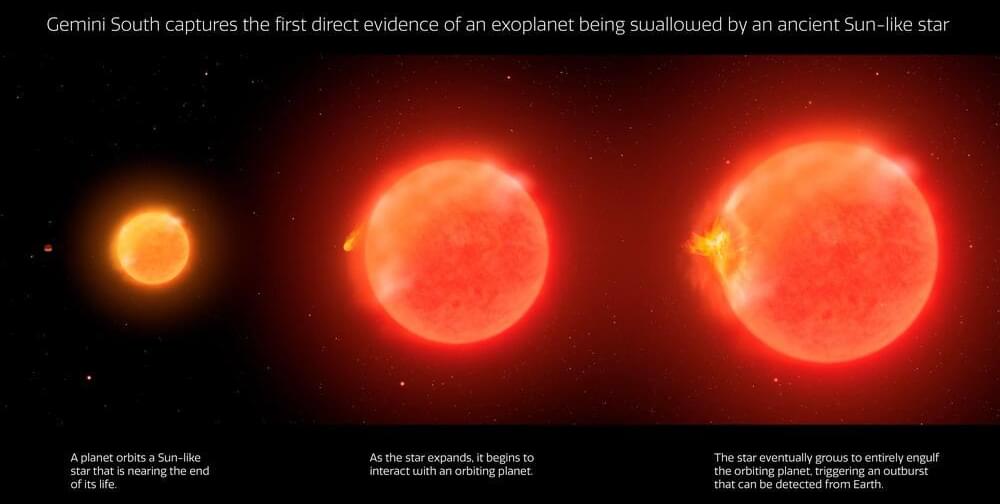

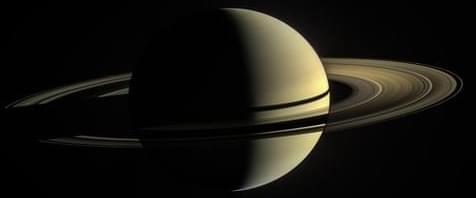
Micrometeoroids in Saturn’s rings reveal that these dusty bands are no more than 400 million years old, making them significantly younger than the 4.5-billion-year-old gas giant.
With its wide bands of encircling dust, Saturn’s rings are the biggest and brightest in our Solar System. They are also the most mysterious. Unanswered questions remain about why, how, and when the seven rings formed. Now Sascha Kempf of the University of Colorado Boulder and colleagues have addressed the latter problem, using dust contaminants within the rings to place an upper limit of 400 million years on the rings’ age [1]. Kempf says that for as long as he’s been in the field, astronomers have been discussing whether Saturn’s rings are as old as the planet or if they are younger. Now they know. “They are significantly younger,” he says.
Kempf and colleagues produced their age estimate by studying the contamination rate of the rings by small pieces of rock and debris, known as micrometeoroids. These contaminants are constantly zooming around our Solar System, colliding with objects in their paths. When one of these micrometeoroids hits one of Saturn’s rings it can get incorporated into the ice the rings contain. Kempf and colleagues realized they could use the rate at which this process happens as a clock to reveal the rings’ age.
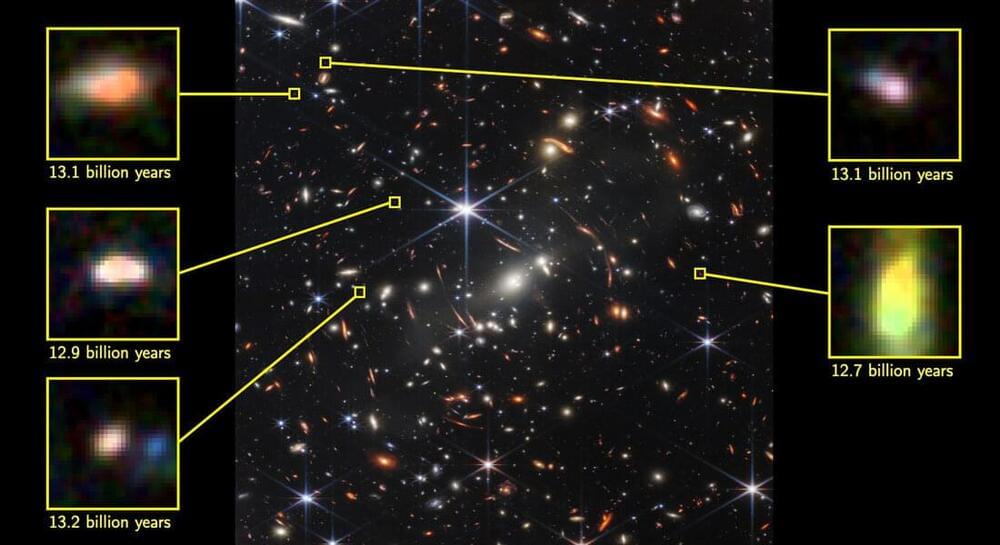
The first results from the James Webb Space Telescope have hinted at galaxies so early and so massive that they are in tension with our understanding of the formation of structure in the universe. Various explanations have been proposed that may alleviate this tension. But now a new study from the Cosmic Dawn Center suggests an effect which has never before been studied at such early epochs, indicating that the galaxies may be even more massive.
If you have been following the first results from the James Webb Space Telescope, you have probably heard about the paramount issue with the observations of the earliest galaxies: They are too big.
From a few days after the release of the first images, and repeatedly through the coming months, new reports of ever-more distant galaxies appeared. Disturbingly, several of the galaxies seemed to be “too massive.”

The Nanoracks Starlab (seen on the upper left) is one of three additional contenders aiming to launch and operate a commercial space station before the end of this decade.
In Part 2 looking at LEO space station deployment we focus on Nanoracks’ Starlab and Outposts, Northrop Grumman, and Vast Space.

The move is a significant development in the world of artificial intelligence.
In what seems like a response to the growing competition in the open-source large language model (LLM) space, OpenAI will soon release a new open-source AI model to the public, reported The Information.
OpenAI hasn’t come up with an open-source model since 2019, and although the news is exciting, it might not be as sophisticated or in direct competition with its proprietary model GPT.
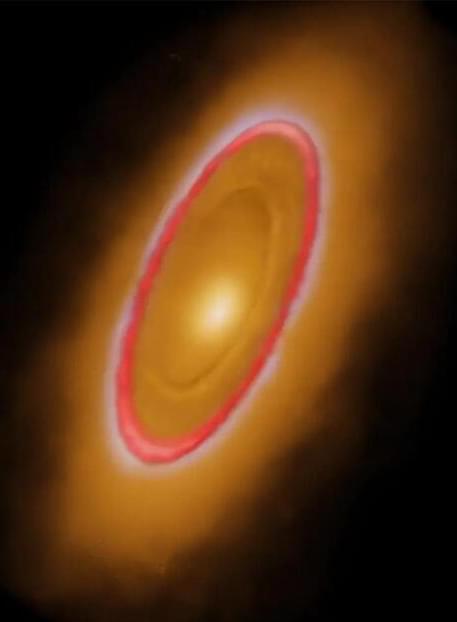
A new Webb Space Telescope image of the bright, nearby star Fomalhaut reveals details never seen before, including nested rings of dust that hint at the forces of unseen planets.
A team led by University of Arizona astronomers used NASA
Established in 1958, the National Aeronautics and Space Administration (NASA) is an independent agency of the United States Federal Government that succeeded the National Advisory Committee for Aeronautics (NACA). It is responsible for the civilian space program, as well as aeronautics and aerospace research. Its vision is “To discover and expand knowledge for the benefit of humanity.” Its core values are “safety, integrity, teamwork, excellence, and inclusion.” NASA conducts research, develops technology and launches missions to explore and study Earth, the solar system, and the universe beyond. It also works to advance the state of knowledge in a wide range of scientific fields, including Earth and space science, planetary science, astrophysics, and heliophysics, and it collaborates with private companies and international partners to achieve its goals.

High-performance computing (HPC) has become an essential tool for processing large datasets and simulating nature’s most complex systems. However, researchers face difficulties in developing more intensive models because Moore’s Law—which states that computational power doubles every two years—is slowing, and memory bandwidth still cannot keep up with it. But scientists can speed up simulations of complex systems by using compression algorithms running on AI hardware.
A team led by computer scientist Hatem Ltaief are tackling this problem head-on by employing hardware designed for artificial intelligence (AI) to help scientists make their code more efficient. In a paper published in the journal High Performance Computing, they now report making simulations up to 150 times faster in the diverse fields of climate modeling, astronomy, seismic imaging and wireless communications.
Previously, Ltaief and co-workers showed that many scientists were riding the wave of hardware development and “over-solving” their models, carrying out lots of unnecessary calculations.
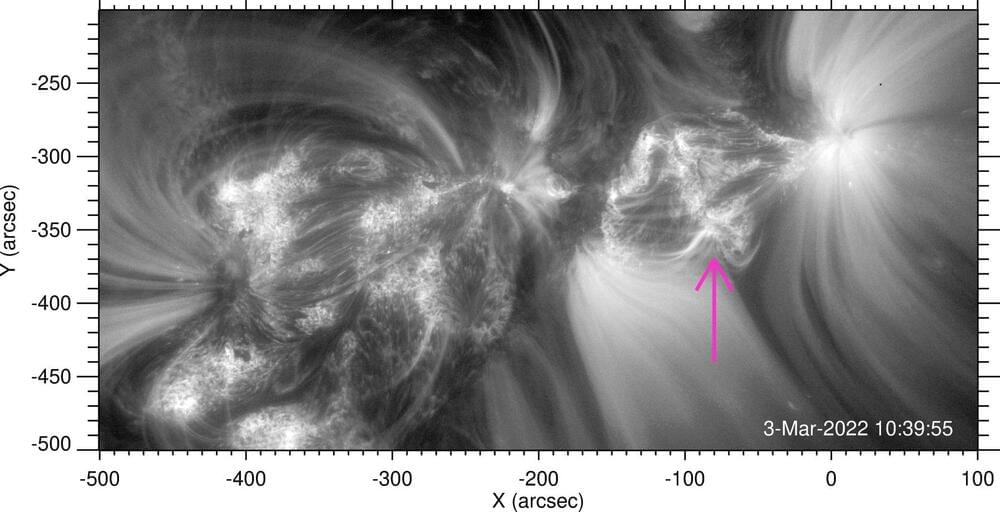
Impulsive or Helium-3 enriched solar energetic particle (SEP) events, characterized by Helium-3 and ultra-heavy ion abundances, show high association with type III radio bursts. Minor (B-or C-class) GOES soft X-ray flares often accompany these events.
There are reports on such events measured in clusters from sub-flares in single active regions, where abundance showed significant variations. Imaging observations revealed that sources of these recurrent Helium-3 enriched are jets from solar plages (patches of scattered magnetic fields) or coronal hole edges.
From a distance of only half an astronomical unit (AU), or around 46.5 million miles, scientists from the Southwest Research Institute (SwRI) have made the first close-up observations of a source of energetic particles ejected from the Sun. ESA’s Solar Orbiter provided high-resolution images of the solar flare.


Orbital Assembly Corporation, a California-based company, has announced plans to build the world’s first-ever space hotel with artificial gravity. The hotel, called Voyager Station, is set to be completed by 2025 and will offer guests an out-of-this-world experience like never before.
The Voyager Station will be assembled in low Earth orbit and will be able to accommodate up to 280 guests and 112 crew members at a time. The hotel will feature restaurants, bars, a gym, and other recreational facilities, all of which will be designed to offer an experience similar to that of a luxury cruise ship.
One of the most unique features of the hotel is its artificial gravity system, which will use centrifugal force to simulate the feeling of gravity. This will allow guests to move around the hotel as they would on Earth, which will make their stay much more comfortable and enjoyable.